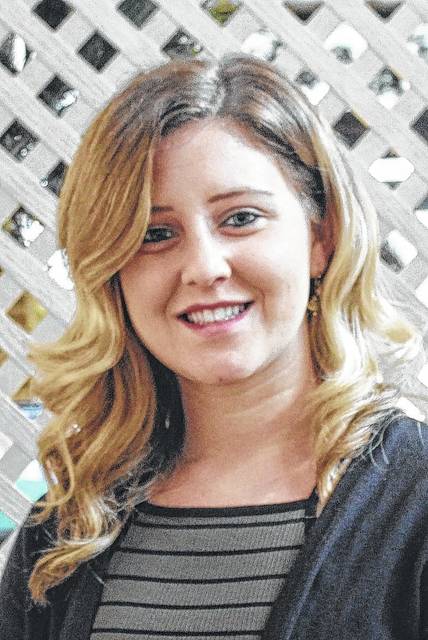Choosing to go the Med Way this year? The Mediterranean diet has been voted the number one diet for overall health three years in a row.
The Med diet consists of eating greater amounts of fruits and vegetables, eating plenty of beans and lentils, choosing whole grains, consuming at least three ounces of nuts and seeds per week, choosing olive oil over other oils, using herbs and spices instead of salt, eating seafood at least three times per week, and exercising. Through research they have found eating the Med way decreases the risk of some forms of cancer, is more effective than a low-fat diet for weight loss in overweight and obese individuals, protects against cognitive decline by protecting the small blood vessels in the brain, may improve eye health including decreasing the risk of macular degeneration, decreases the risk of type 2 diabetes, can help manage blood pressure, and can reduce the risk of cardiovascular disease as much as 30-60% (publications are cited on medinsteadofmeds.com). Today I’m going to elaborate on choosing the right protein that fits into the Med diet.
A webinar by Dr. Carolyn Dunn, a registered dietitian and head of the Department of Agricultural and Human Sciences at NC State University, explained what protein sources are ideal. According to the Med lifestyle, we need to increase the amount of fish we are eating, especially fatty fish like salmon and tuna. One reason many people may not eat fish is because it is expensive. She explains canned tuna and canned salmon are great sources of protein. As for farm raised vs. wild caught salmon sources, they are fairly equal. Farm raised salmon tends to be more fatty so it may be more palatable. Regardless of your choice, the goal is to increase that fish intake to at least three times a week. Try having Salmon Saturdays as a routine to up that intake.
Another great source of protein that we do not eat enough of are beans. Beans are very versatile and can be put in a variety of dishes. You can make them ahead of time and use them for the week. On the MedinsteadofMeds.com site, some of the recipes that are excellent sources of beans include the quinoa-pinto bean burgers, which freeze well to use for a later time, and white bean hummus as a go-to lunch. If you’re new to cooking beans, lentils are a great bean to start with. They have a short cooking time and can be used for multiple dishes. You can buy canned, but check the sodium and make sure to rinse if there is salt added. By rinsing you can remove about 30% of the sodium. You can also slow cook beans, or the quickest way, pressure-cook beans. See a recipe below for Dr. Dunn’s easy beans, with only 15 minutes of hands-on time. After cooking, you can then add beans to salads, make beans and rice, make hummus, use in burritos, tacos, and have as a side dish. You could also make bean soup by blending half of the beans and adding it back to the pot. As you can see, beans are very versatile.
To learn more about the Mediterranean diet, to watch the webinars, or for new recipes, visit MedinsteadofMeds.com. Stay tuned for our next Med Instead of Meds series by visiting our website at Sampson.ces.ncsu.edu.
Dr. Dunn’s Easy Beans:
1. Soak dry beans for 48 hours.
2. Drain.
3. Slow cook with vegetable stock and water. Cook 8-10 hours on low.

